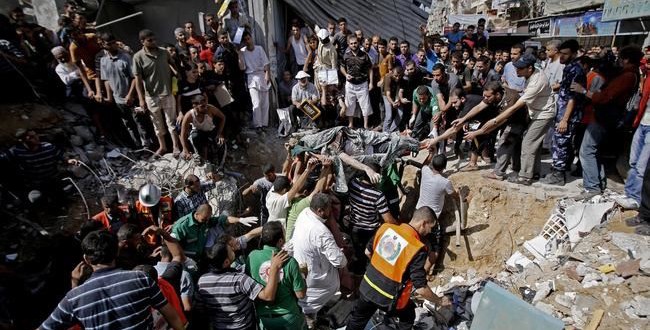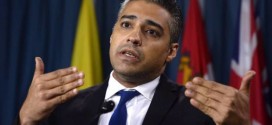
Gaza: civilians return to dilapidated homes devoid of civic amenities during three-day truce
Tens of thousands of people in the Gaza Strip returned to run-down homes on Monday, hoping that the new three-day ceasefire will lead to more permanent peace as humanitarian workers and local officials began to inspect the damage in the Palestinian enclave.
In Gaza City, which has a population of over 500,000, around 20-25% of the houses have been damaged, said head of the city’s engineering department Nihad al-Mughni. In the town of Beit Hanoun, almost 30,000 people will need to be re-housed. Mayor of Beit Hanoun Mohammed al-Kafarna said that over 70% of homes in the northern town remained “uninhabitable”.
“Basically the town is unlivable. There is no power, water or communications. There are not the basics for life”, he said.
In the neighborhood of Shawkat in Rafah, 300 houses and the town hall were destroyed.
“You can’t imagine the destruction”, chief council engineer Adel Lubda said.
Gaza has a population of around 1.8 million, and was already short on housing before the conflict, the third such battle between Israel and Hamas. On Monday, the UN had called the level of destruction over the past month as “unprecedented”. Nadia Dibsy from the International Committee of the Red Cross (ICRC) said that it has been next to impossible to accurately assess the overall damage.
Despite local engineers’ attempts to restore the power supply to pre-war levels of 6-10 hours per day, it might take a while to rebuild Gaza’s only power station – it was completely destroyed on July 29th.
Water pipes, power transmission lines and pumping stations have also been severely damaged. A major sewage pipe, which is used by nearly 500,000 people, has been severed. Massive quantities of sewage are flowing onto fields or into the sea.
“Access to clean water has always been a challenge. Now it is a scarcity”, Dibsy said.
 العربي الديمقراطي The Latest From The Arab World
العربي الديمقراطي The Latest From The Arab World




